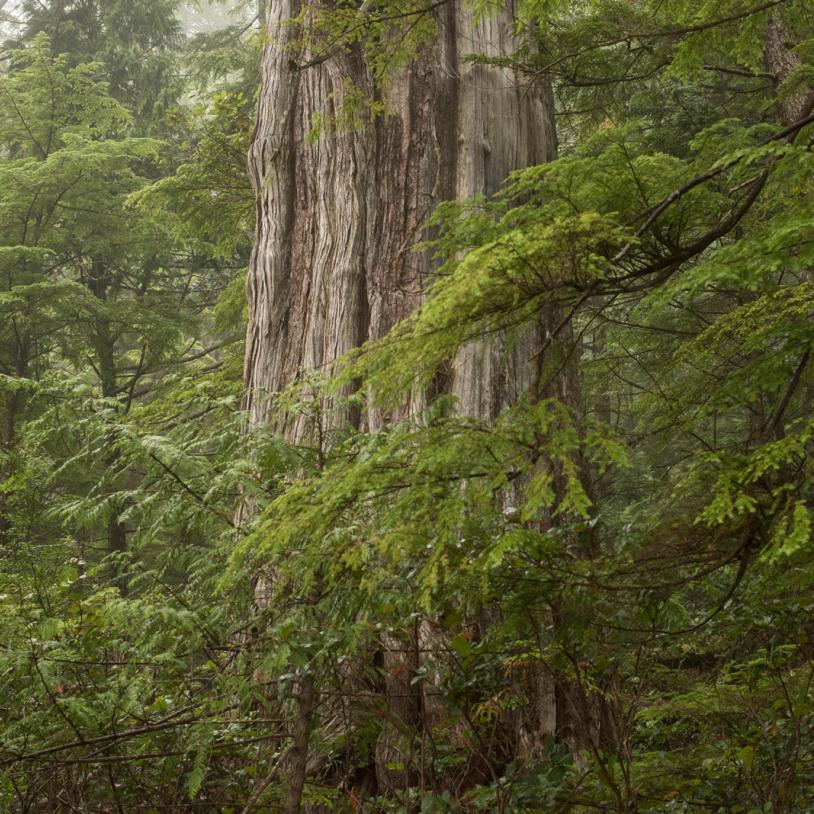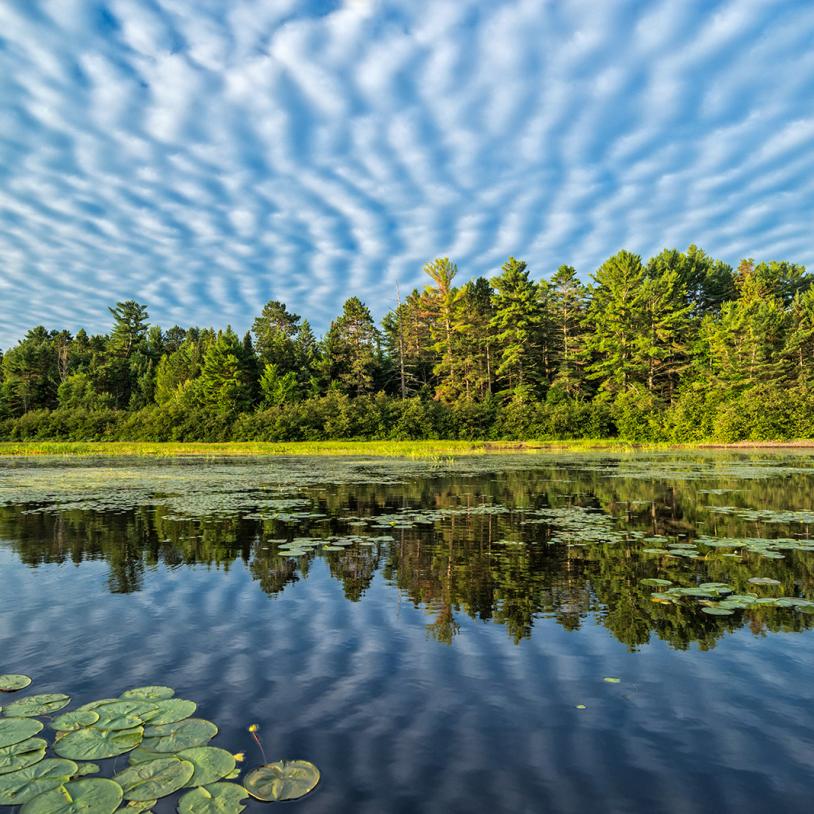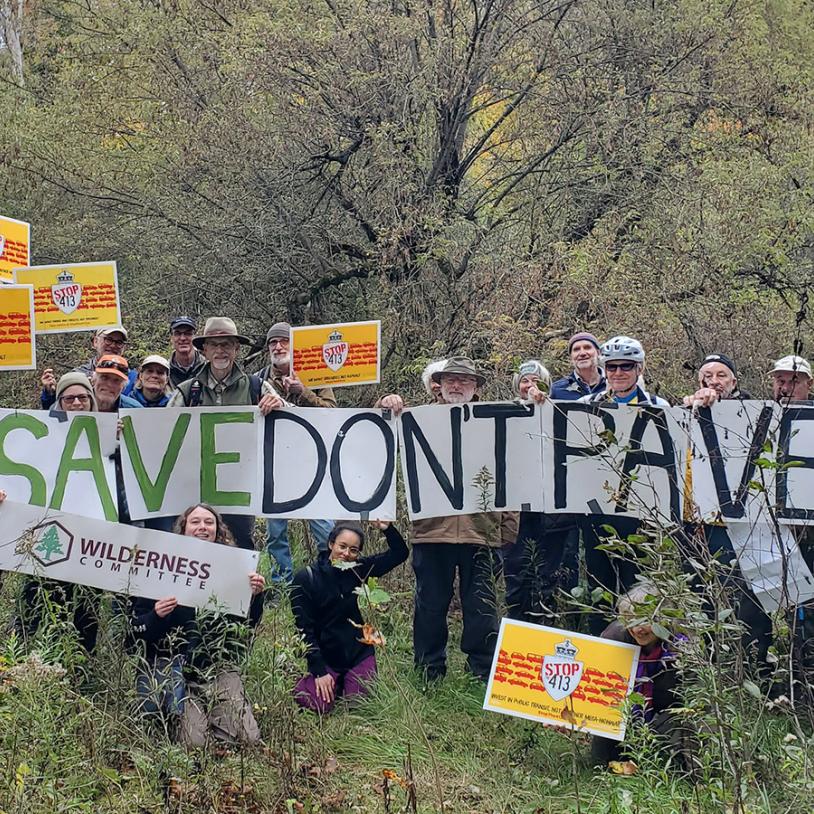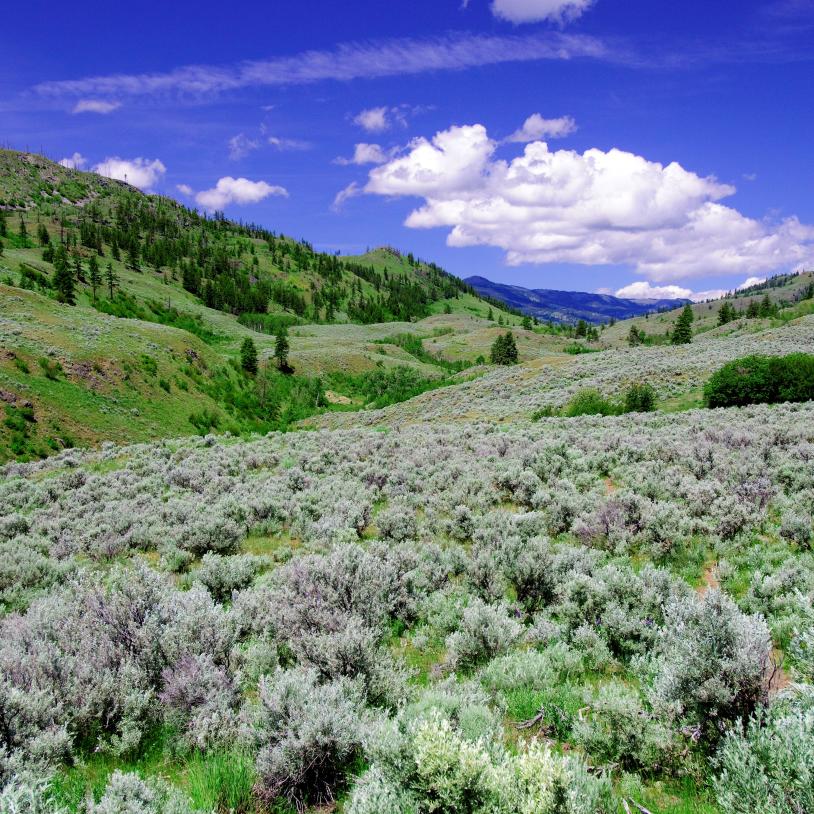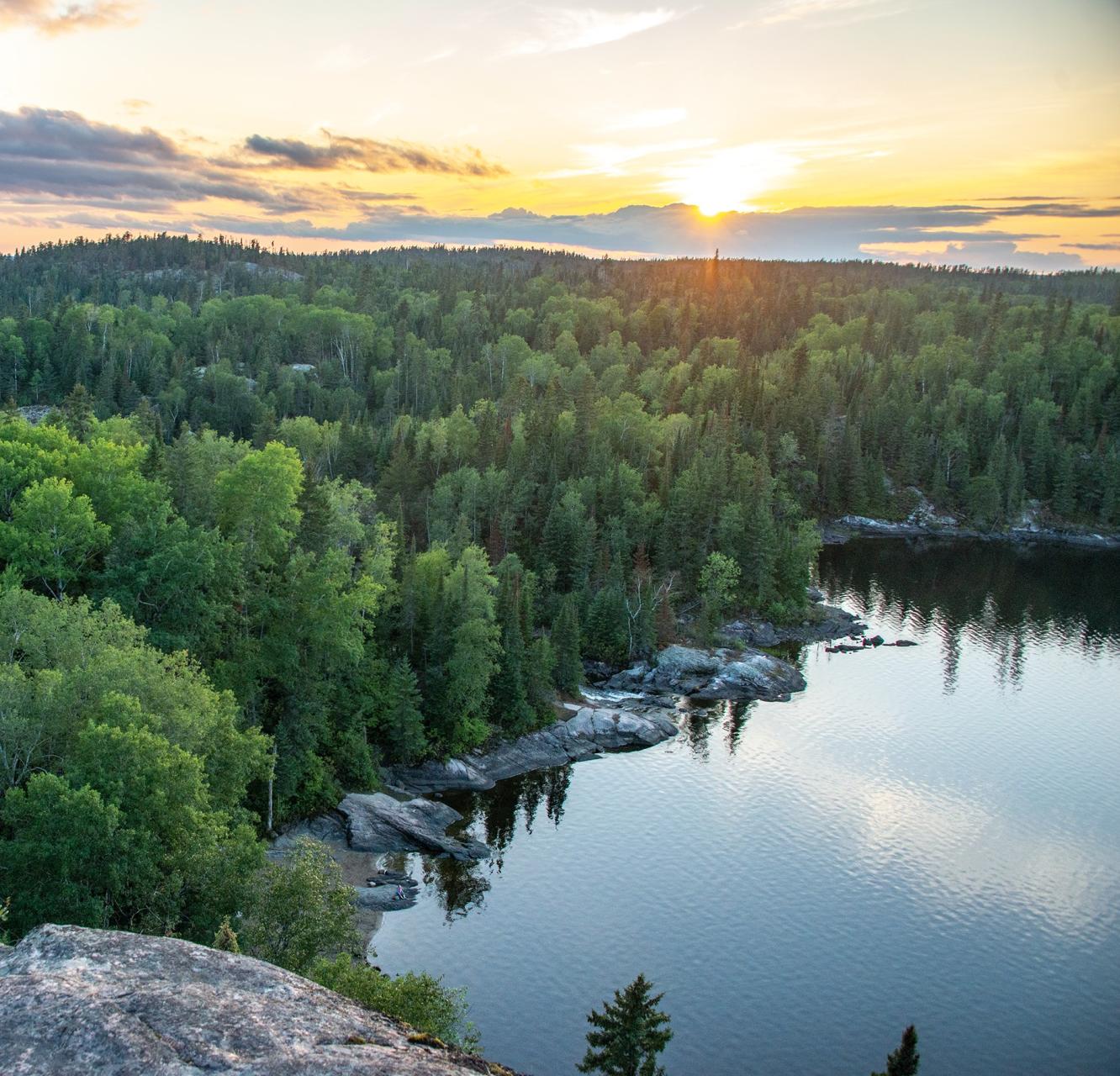Protecting Nature
The clock is ticking on nature
Healthy ecosystems are critical to the survival of wildlife, forests and people. They’re also our strongest defence against climate change. We count on them to clean our air and water, store carbon and buffer against extreme weather. Their towering trees, meandering rivers and diverse array of living organisms — all connected by the magical underground — provide food, shelter and sustain life. These serene ecosystems provide calm spaces for us to have fun, connect with and be reminded of our place in nature.
Sadly, across Canada, such places are vanishing or degraded by the effects of unchecked industry, like pollution and clearcutting. They’re irreplaceable, and once gone, they will take generations to restore. Neither wildlife nor communities can wait that long.
That’s why we act to preserve nature. We work to safeguard these life-sustaining ecosystems and their biodiversity by mobilizing folks to push for legislation that protects lands and waters permanently. Together with Indigenous partners, governments and grassroots allies, we’re working towards a shared vision for environmental justice and a stable, healthy climate long into the future.
Goldstream

All Protecting Nature Campaigns
Other Impact Areas
Protecting nature is just the start. Explore more ways we’re working for an environmentally-just future.
Join Us
Don’t miss your chance to make a difference. Receive campaign updates and important actions you can take to protect wildlife, preserve wilderness and fight climate change.

